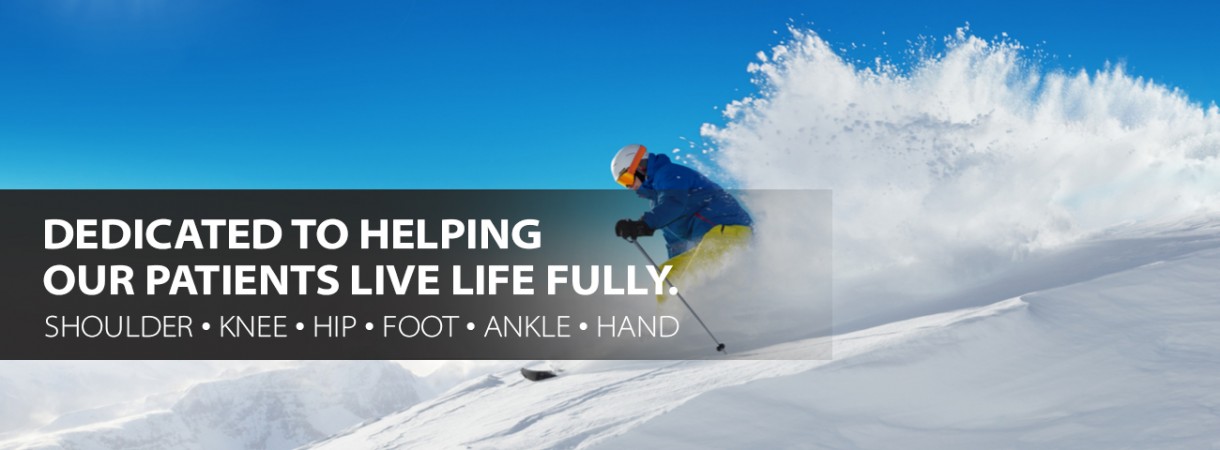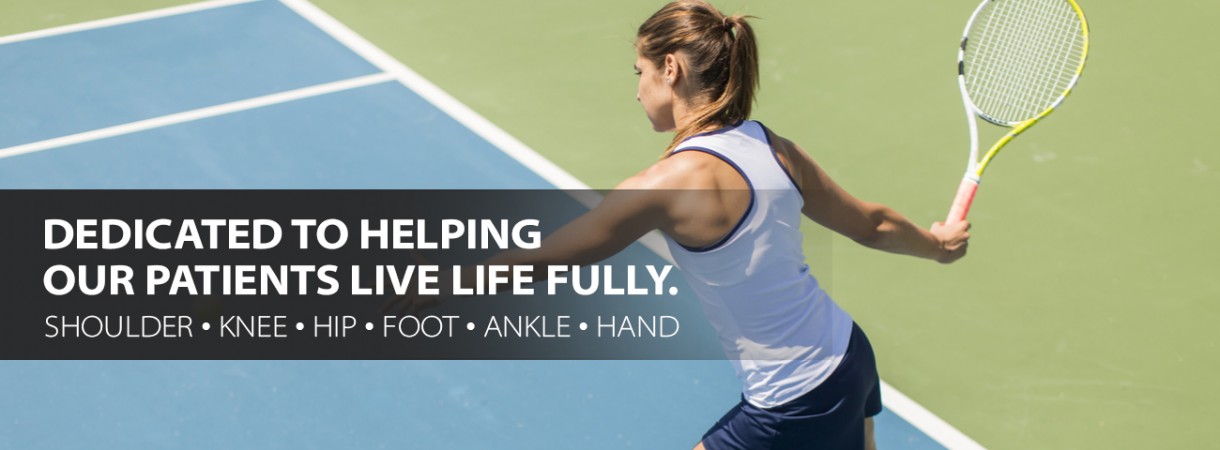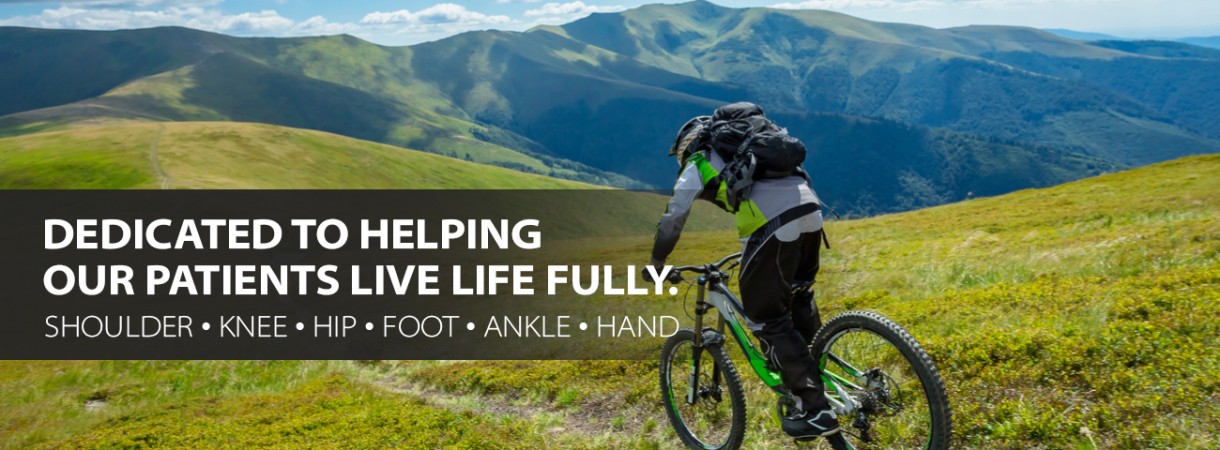Hit The Slopes In Stride – Stay Safe – And Have Fun!
Brace yourselves – ski season is upon us! And with a new ski season coming into view as the warmer weeks of September and October continue to wind down, we just know how excited all of those ski enthusiasts are as they plan their trips, order their lift tickets, and scope out the best runs for this year’s season.
But before you head out for your first ski weekend of the season, be sure to check out our top 5 tips to help make sure that your ski season this year is the best one yet. And most importantly, follow these tips to guarantee your safety with every run.
Tip #1: How To Avoid Skier’s Thumb
This is a common one. The best way to avoid skier’s thumb is to learn just how to maintain proper balance while speeding down the slopes. By staying in the front seat, and not dropping your hands for balance, you can prevent it.
Tip #2: The Best Training Regimen For A Full Season
If you’re planning on going all-out this ski season – as in more than 20 sessions, you’ll want to train hard all year long. One of the most important ways to begin training would be to engage in a strong cardiovascular workout at least 4 days a week, if not more for no less than 30 minutes with each session. Not only will it increase your endurance, but it’ll also help you build strength.
Next, you’ll want to be sure that you increase your flexibility and build your core strength. Take a look at our two most popular preparation workouts specifically designed to help you increase your flexibility. From there, staying strong, remaining in shape, and practicing your balance should be enough to prepare you for a full season of skiing.
Tip #3: How To Prevent Knee Injuries
Knee injuries are all too common amongst skiers. But you can work to prevent the risk for a knee injury simply by training hard and preparing hard for the ski season way in advance. Things like balancing exercises, strengthening exercises, and even flexibility exercises all work together to prepare your body for a full season of skiing. And of course, practicing proper technique is a sure-fire way to ensure that you’re best prepared to avoid a knee injury.
Tip #4: How To Avoid Soreness After My First Few Trips
This can be a tricky one – but generally speaking, it all begins with preparation and training. If your body is well-prepared, if you’ve spent all summer working on your flexibility, and if your core, knees, and hip flexors are strong and ready to go, you can minimize soreness. But then again, skiing is an intense sport, and it might be impossible to eliminate it completely. But by walking it out the next day and engaging in light, gentle movements, you can increase the blood supply to sore areas, which should minimize your pain.
Tip #5: The Best Day-Of Exercise
Your pre-ski warmup and post-ski stretch are going to be the most important day-of exercises to ensure that you’re prepared to hit the slopes in the morning, and prepared to recover and start again the next day without much soreness. We cannot stress enough just how important it is to stretch before and after every run!







Leave a Reply